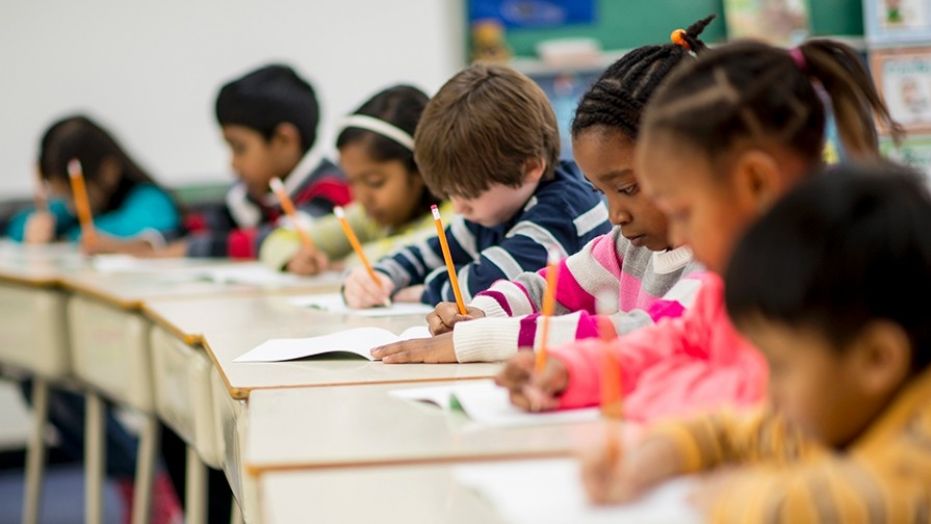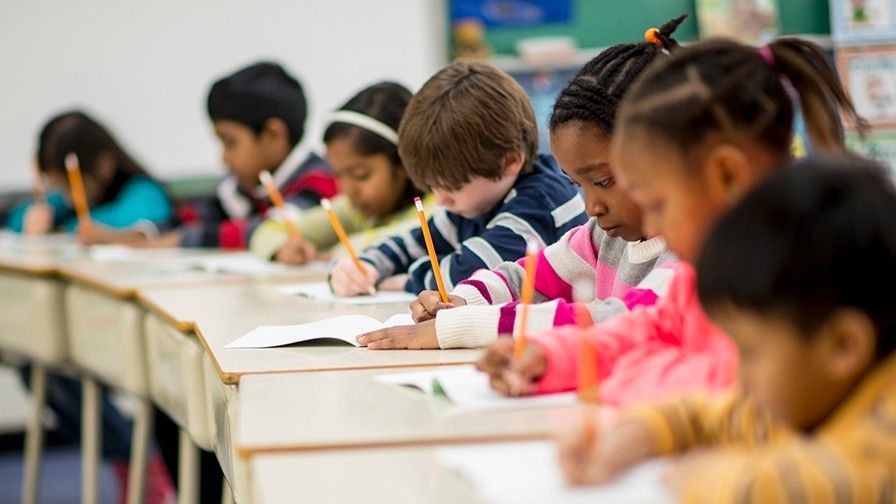[ad_1]

About 1 in 59 U.S. children were identified as having autism in 2014.
(iStock)
The government estimates that autism is becoming more common, but it’s only a small increase and some experts think it can be largely explained by better diagnosing of minority children.
About 1 in 59 U.S. children were identified as having autism in 2014, according to a Thursday report from the Centers for Disease Control and Prevention that focused on 8-year-old children. That’s up from 1 in 68 children in both 2010 and 2012.
White children are diagnosed with autism more often than black or Hispanic children, but the gap has closed dramatically. Autism used to be 20 percent higher in white kids than black children, and that difference shrank to 10 percent. The gap between white and Hispanic kids shrank from 50 percent to 20 percent.
That increased recognition in minority kids is likely a big reason for the overall increase, CDC researchers said.
The causes of autism aren’t well understood, and it’s not clear if other factors might also be at play — like, for example, more couples having babies later in life, said Thomas Frazier, chief science officer for the advocacy organization Autism Speaks.
A DOCTOR WHO CAN FEEL HIS PATIENT’S PAIN
“There’s still a ton of work to do to better understand why this is happening,” Frazier said of the increase.
There are no blood or biological tests for autism. It’s identified by making judgments about a child’s behavior. Traditionally, autism was diagnosed only in kids with severe language and social impairments and unusual, repetitious behaviors. But the definition gradually expanded, and autism is now shorthand for a group of milder, related conditions.
The new CDC report is based on a tracking system in 11 states that focuses on 8-year-olds, because most cases are diagnosed by that age. The researchers check health and school records to see which children meet criteria for autism, even if they haven’t been formally diagnosed. It is one of three autism estimates by the CDC but is considered the most rigorous.
“It’s the gold standard,” said Alison Singer, president of the Autism Science Foundation, an autism advocacy and philanthropy organization.
The researchers gathered data from Arizona, Arkansas, Colorado, Georgia, Maryland, Minnesota, Missouri, New Jersey, North Carolina, Tennessee and Wisconsin, casting a net that included about 300,000 children. The 1 in 59 was an average: It was as high as 1 in 34 in New Jersey, and as low as about 1 in 75 in five states.
Why the difference? Researchers said rates tend to be higher in states where they can access more records.
MOM GETS ‘BLOOD BOILING’ LETTER FROM NEIGHBORS REGARDING ‘HEFTY’ TEEN WITH AUTISM
For years, the estimate was increasing in leaps and bounds, though it wasn’t clear why. A report released in 2007 put the estimate at 1 in 150, or the equivalent of about 1 child in every 5 or 6 classrooms. The new 1-in-59 figure translates to 1.7 percent.
Heather Cody Hazlett, a University of North Carolina psychologist, called the slight increase from 2012 to 2014 unsurprising.
She researches new ways to do spot autism earlier. What’s discouraging, she said, is that fewer than half of autistic children are diagnosed by the time they turn 4.
There is still a lag between when parents first become concerned and when kids are diagnosed. Many doctors may be reluctant to jump to an autism diagnosis in a younger child, because they are “trying to be cautious and not alarmist,” Hazlett said.
But that can lead to a delay in therapy or other services.
The CDC’s Deborah Christensen, one of the study’s authors, said: “We need to do more work to make sure that children with developmental concerns are evaluated quickly.”
[ad_2]
Source link

